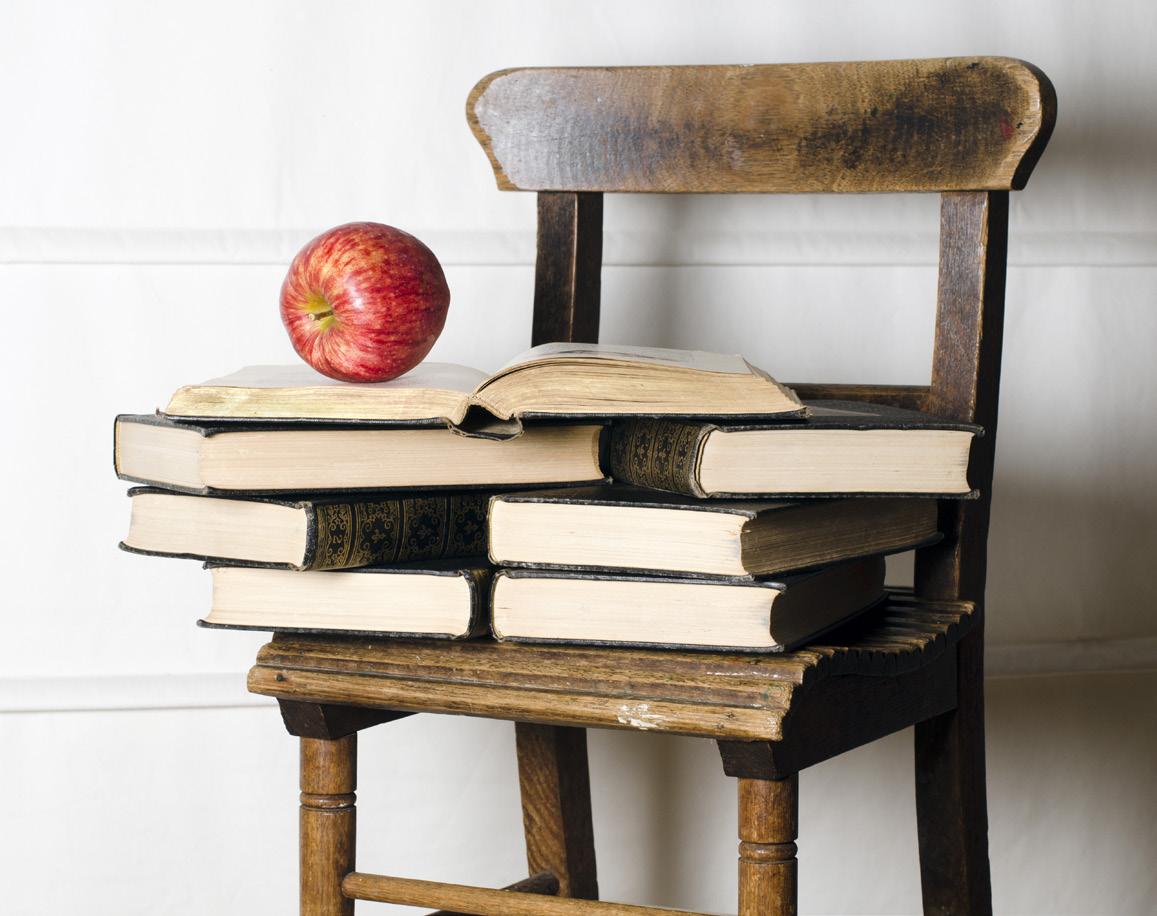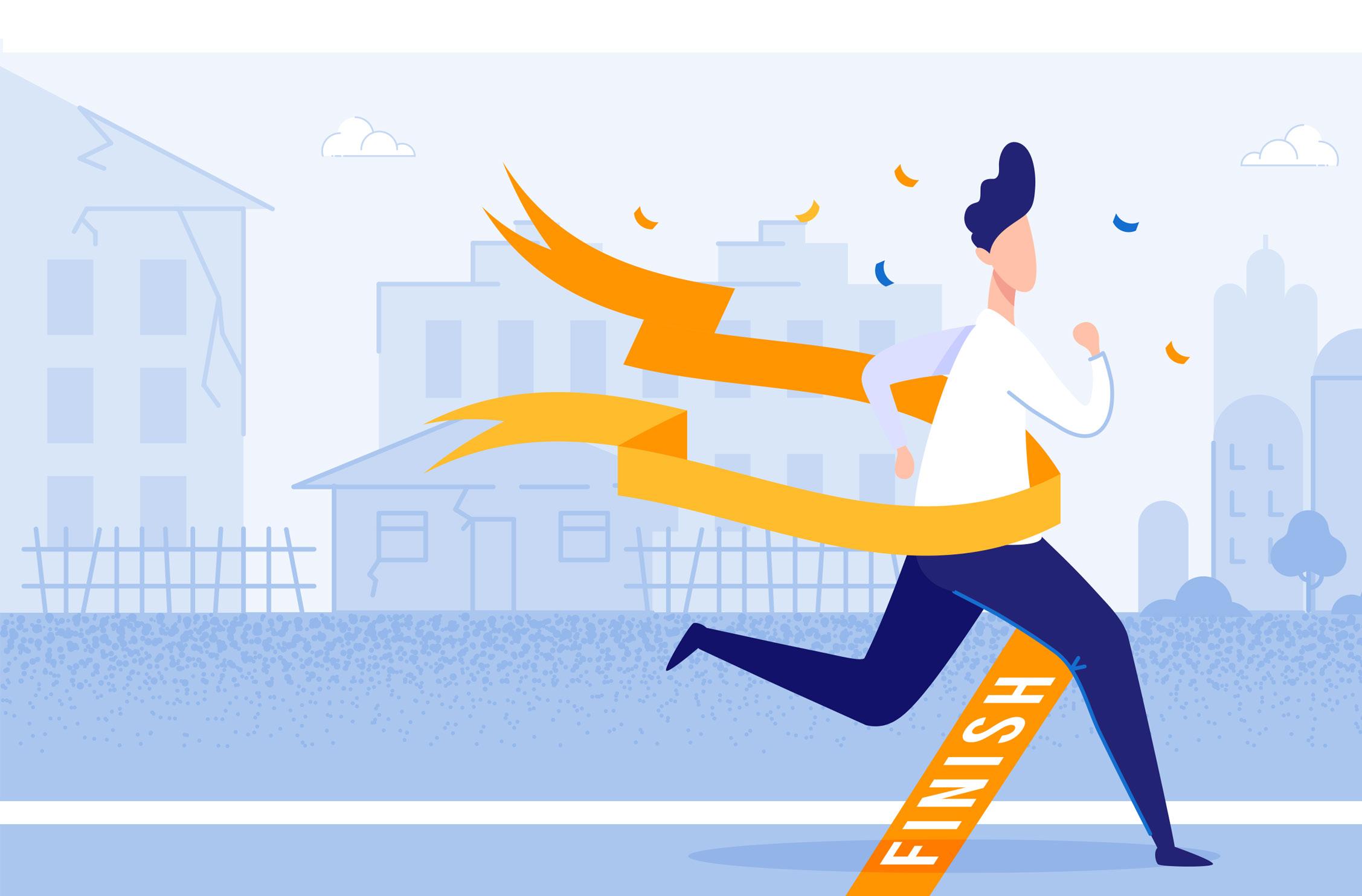
6 minute read
Self-Care in the Time of COVID-19
By Tina H. Boogren, Ph.D
As educators navigate these unprecedented times and ride the monumental waves of ever-changing protocols and regulations, we must be steady. Sturdy. Able to remain standing when the world can feel like it’s falling apart all around us. How do we do that? By securing our own oxygen masks first. By taking care of ourselves — first, not as an afterthought. Right now, more than ever, the adults in our schools must feel stable and secure so that they can support their students and the school community through this global pandemic that no one prepared us for.
In my book, Take Time for You: Self-Care Action Plans for Educators (2018), I explore Maslow’s (1943) Hierarchy of Needs as the framework for educator self-care and wellness. I use this as our foundation because it’s familiar and because it mirrors the foundation that we utilize for students, as outlined in Motivating and Inspiring Students: Strategies to Awaken the Learner (2017). Ensuring that each level of the hierarchy is solid for our students can only be accomplished if each level is solid for the educators first. Let’s review the levels and consider how the pandemic has potentially impacted each level and what we can do to find our footing once again.
The first level is our physiological needs.
The biggies here are: diet, sleep, and exercise. Consider for a moment if any of these areas took a hit over the past year. For most of us, at least one—if not all three—areas were impacted big time. Many educators are having trouble sleeping, exercise has become a challenge as gyms closed and exercise equipment sold out, food became our way to ‘numb’ and we started to worry about putting on the ‘quarantine 15.’ During a crisis, it’s common to have our level one needs fall apart first but it’s essential to get these areas back under control as quickly as possible as this level is the most essential level of them all. Now is the time to double-down on your sleep quality, stay hydrated, eat foods that make you feel good and move your body as a way to counter-act the stress that you’re encountering right now.
Level two is our safety needs.
When things are unpredictable and unfair, our safety needs are impacted. When our safety needs are impacted, we feel anxious. When we feel anxious, we are not our best selves and our students need us to be our best selves. Health and financial concerns also impact this level and collectively, our anxiety and fear are contagious. Our students are watching us to determine how to act and how to feel. Now, more than ever, we must ensure that students feel safe—which means that the adults must feel safe themselves. Learn how to engage in box breathing as one strategy to help stabilize this level. Box breathing is what Navy SEALs practice to stay calm and focused (Nazish, 2019) and I recommend the same for educators. To do it, simply breathe around the four sides of a box, where the inhale, the holding of the breath, and the exhale are all four counts (inhale-hold, exhale-hold). Try putting one hand on your belly as you breathe around the box so you can ensure that you’re taking a deep, calming breath. This will help to put you back in the present moment and calm your nervous system down and is an excellent tool to teach students as well.
Level three is about our belonging needs.
In this era of ‘physical distancing,’ we’ve had to find creative ways to stay connected with our learners as well as with our friends, family members, and colleagues. Zoom happy hours, drive-through graduations, virtual book clubs, and Facetiming friends and family are just some of the ways that we’re staying close even when we can’t be together physically. One of the greatest gifts of strong Professional Learning Communities (PLCs) is the sense of belonging they create. Additionally, PLCs help to reduce isolation and increase connectedness and will continue to be an essential element of our evolving schools as the pandemic pushes us toward change. Work to continually refine and recommit to functioning PLCs as an essential way to ensure a sense of belonging for your school community.
Level four is about our esteem needs.
Many educators —particularly veteran teachers— took an esteem hit last year when we moved to distance learning. Learning how to teach in an entirely different way with little to no prep time before the transition was a huge challenge. Doing something this monumental for the first time often comes as a hit to our sense of esteem because it takes time to get good at something new. Social media can also impact our esteem as it is often said that comparison is the thief of joy. What’s essential to remember here is to talk to yourself as you’d talk to someone you love. Be careful with your words and try to turn your inner-critic voice into your inner-friend voice. If you find yourself saying things in your head that you would never say to someone you love, you owe it to yourself to stop. Instead, be gentle on yourself and allow yourself much grace.
Finally, at the top of the pyramid, we reach the levels of self-actualization and transcendence.
This is where we want to be—here, we’re living our very best lives and we feel immensely connected to a greater sense of purpose. When we continually neglect the first four levels, it becomes increasingly difficult to reach these areas and during the pandemic, not many people have felt like they’ve been living their best lives. There’s good news, though; there are two specific strategies that we can utilize to tap into these top two levels at any time: gratitude and altruism. When we pause to consider what we’re grateful for and/or when we do something kind for someone else, we’re lifted to the top of the pyramid. Consider how you might make these two strategies part of your daily routine. For example, record three unique things you’re grateful for in a journal as part of your morning routine or take one gratitude photo per day. You could also send a kind note to someone via text, email, or snail mail to let them know that you’re thinking of them, offer up genuine compliments to loved ones and strangers, or buy coffee for the person behind you in the drive-through at Starbucks. These small acts of gratitude and kindness will lift you up even when you’re feeling low.
If you are feeling burned-out (or close to it) it’s understandable. What we are asking educators to do is an incredible task. The only way we stand a fighting chance is to take care of ourselves—first. Self-care is not selfish; it’s essential. It’s the key to getting to the other side of this pandemic in one piece; perhaps even better than we were before.
References: Boogren, T. (2018). Take time for you: Self-care action plans for educators. Bloomington, IN: Solution Tree Press.
Marzano, R. J., Scott, D., Boogren, T. H., & Newcomb, M. L. (2017). Motivating & inspiring students: Strategies to awaken the learner. Bloomington, IN: Marzano Research.
Maslow, A. H. (1943). A theory of human motivation. Psychological Review, 50(4), 370–396. (https://www.solutiontree.com/180-days-ofself-care-for-busy-educators.html)
Nazish, N. (2019, May 31). How To De-Stress In 5 Minutes Or Less, According To A Navy SEAL. Retrieved from https://www.forbes.com/ sites/nomanazish/2019/05/30/how-to-de-stress-in-5-minutes-orless-according-to-a-navy-seal/#b2647ac3046d










